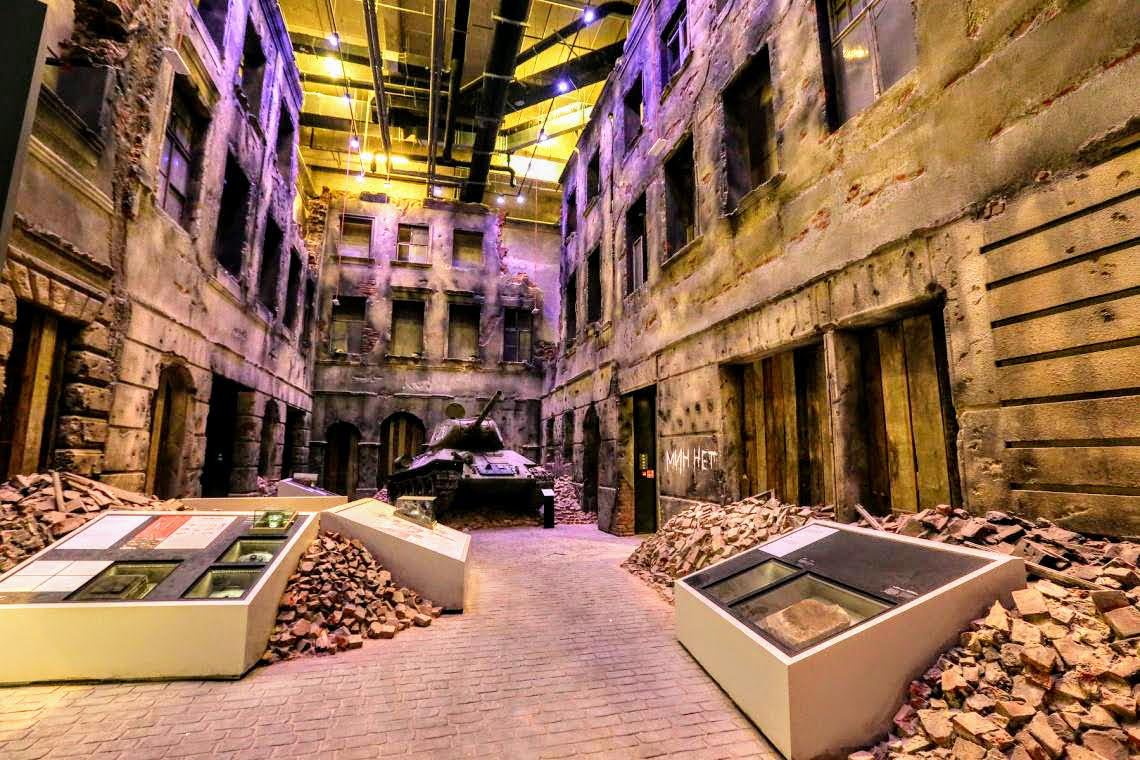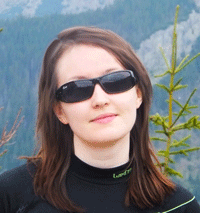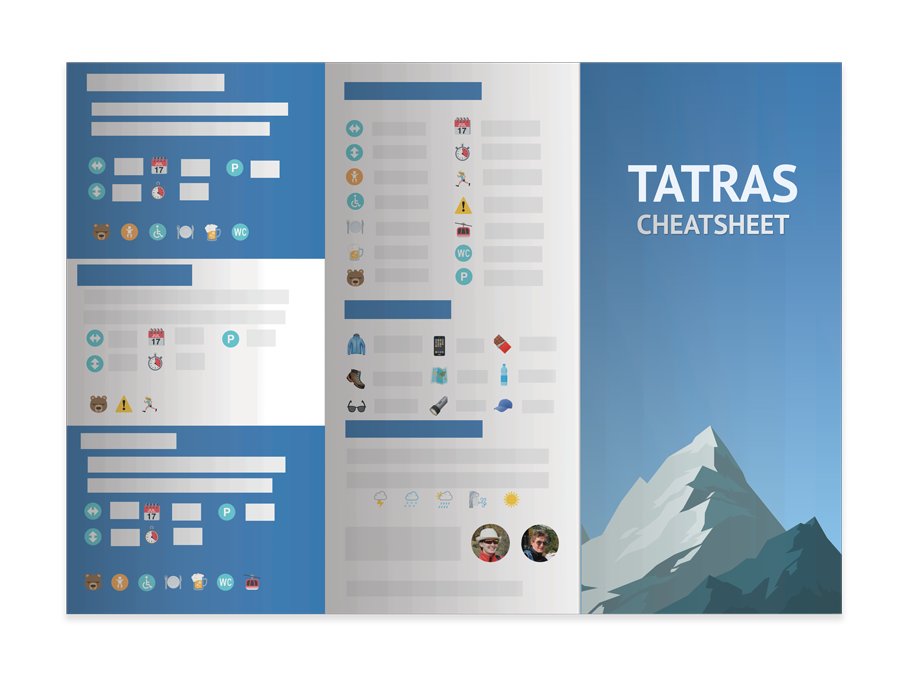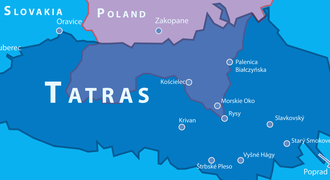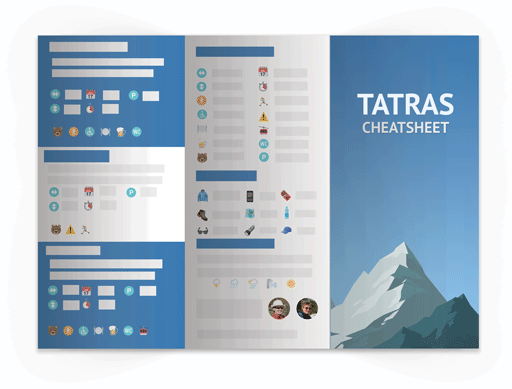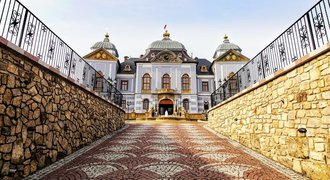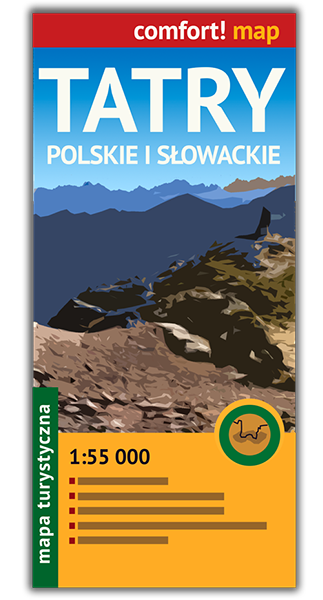This museum in Gdańsk has been making headlines from the very beginning.
An exhibition that aims to bring the audience closer to the history of one of the darkest events in human history. An object that describes both the Polish perspective and shows the European and global background. In a not accidental place, where it all began. In a very expressive form, leading visitors through underground corridors, where not a single ray of light reaches.
Museum of the Second World War is one of the most important Gdańsk tourist attractions. Definitely not only for history buffs - to create a better future, we must remember the past and learn from our mistakes.
WW2 Museum Gdańsk
Before you learn about the WW2 Museum in Gdańsk, check out the below articles:
🏙️ 18 best things to do in Gdańsk
✊ European Solidarity Centre in Gdańsk - good to know before you go
Second World War - grim facts
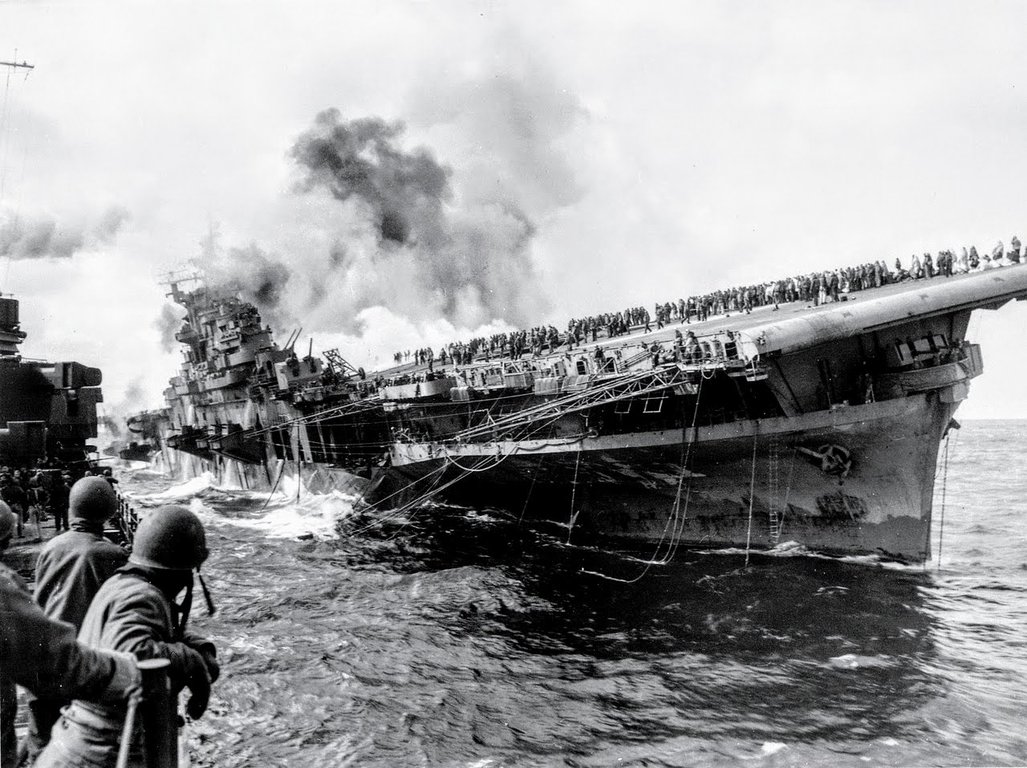
Bombing of an aircraft carrier. Photo source: Pixabay
It's the largest and bloodiest war in history, considered a total war, lasting from September 1, 1939, to September 2, 1945.
Fighting took place mainly in the Old World - Eurasia and Africa, as well as on all oceans and in Oceania, although there were also episodes in North America. In addition to the countries of Europe, their colonies, and the countries of Asia, the countries of both Americas also participated in it.
Over the course of 6 years of war, over 60 million people died, which constituted about 3% of the total world population (about 2.3 billion).
The estimated death toll varies depending on the source, ranging from 50 million to over 80 million victims. The higher figure of 80 million includes deaths from disease and famine related to the armed conflict.
Poland during WW2
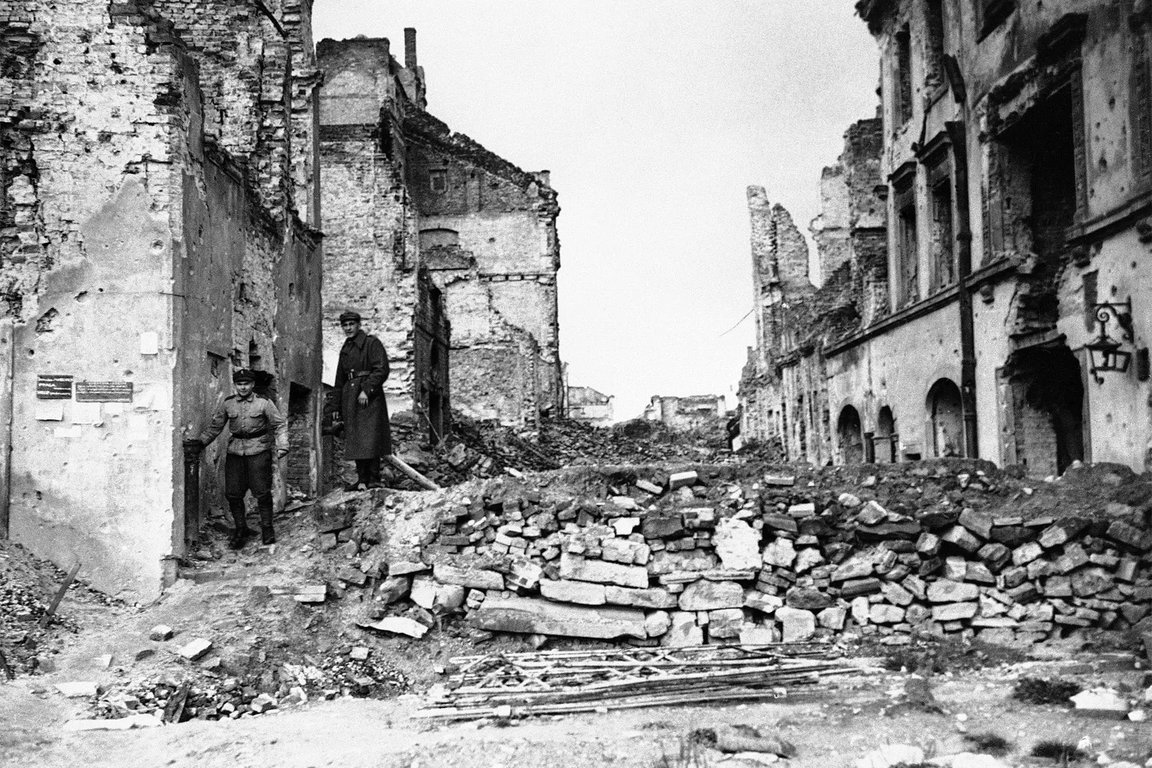
Warsaw in 1945. Photo source: Nypost
History lessons have taught us the harsh reality of the past. The German military, well-prepared and equipped, ruthlessly invaded the country, leaving widespread destruction behind. Airfields and railway stations were bombed day and night.
Over 1.5 million soldiers, dressed in gray uniforms, flooded into Polish cities like an unstoppable force. The Polish army fought bravely, but they were quickly defeated, leading to the occupation of the country.
The attack from the west was followed by another invasion from the east. This clash of forces triggered the deadliest conflict in human history. Despite acts of resistance and courageous uprisings, the Polish people were largely helpless to change the terrible events happening around them.
Many years have passed since those dark days. While some still carry the pain of those memories and worry that others have forgotten, a special place has been created to ensure that those stories are never forgotten. It is this place that I will tell you about today.
WW2 Museum Gdańsk - sightseeing
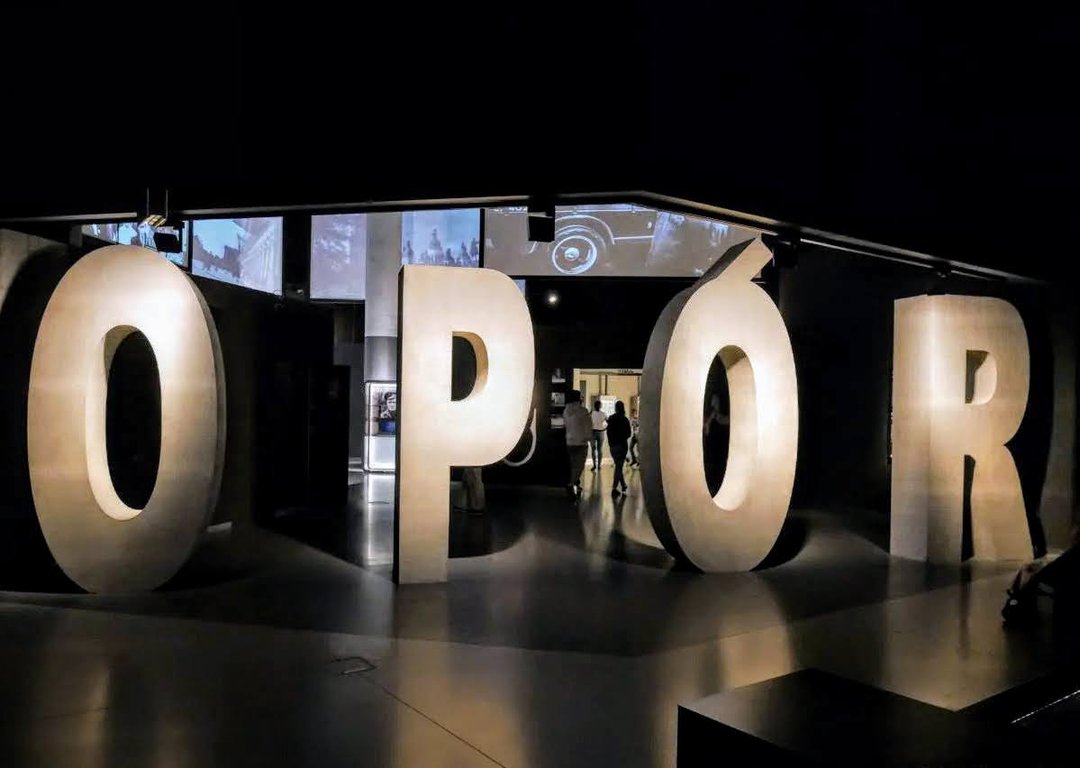
The building of the Museum of the Second World War in Gdańsk was erected just a few kilometers from the place where it all began. Right next to Władysław Bartoszewski Square, a great Pole, a soldier of the Home Army, awarded the Order of the White Eagle and the title of Righteous Among the Nations.
200 meters further on is the famous building of the Polish Post Office in Gdańsk, which was one of the first places of heroic resistance against German aggression.
The museum's building is huge, and the main exhibition is the largest of its kind in historical museums in the world. Over 2,000 exhibits and around 240 interactive stations allow visitors to see the war not only from a Polish perspective, but also from a European and global one.
Exhibitions
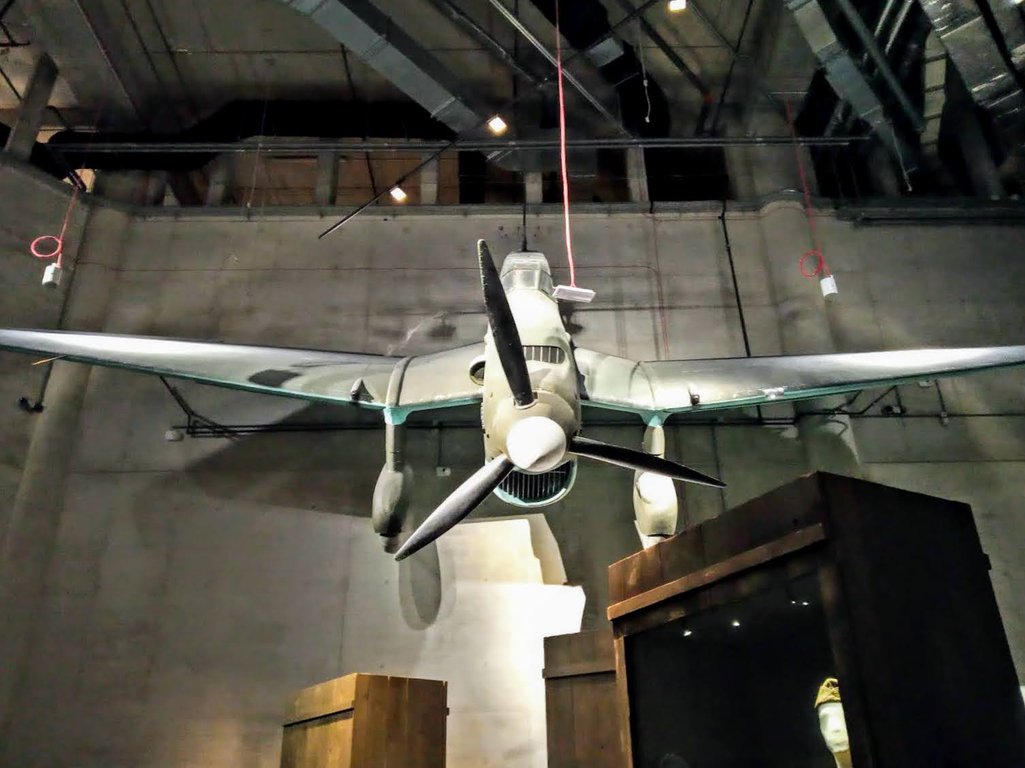
Archival documents, films, and memoirs provide an opportunity to better understand the daily lives of ordinary people and the hell they went through.
The exhibition is divided into 3 narrative blocks - "The Road to War", "The Horror of War", and "The Long Shadow of War" - and 18 smaller thematic sections.
The Birth and Expansion of Totalitarianism → Peace at any cost? → The course of the war → Occupation and collaboration → The end of the war
Through the exhibitions, you will learn the detailed history of the 20th century - because the museum tells the story in such a broad context.
The narrative is linear, but it's not dates, front lines, and names of divisions that form its axis. The focus is on universal mechanisms (e.g. the phenomenon of the emergence of totalitarian regimes), on the fate of the civilian population (migrations, expulsions, deportations) and the military (crimes against soldiers, violation of the Geneva Conventions on prisoners of war), the actions of war criminals on both sides of the barricade, on attempts at uprisings throughout Europe and their consequences, or on technology in the service of war.
Each room is essentially a separate story that could be devoted an entire day to. Many of the mechanisms and behaviors are repeated in later or even contemporary conflicts.
This leads to reflection during the visit - have we learned anything from the cruelty of World War II?
What fresh perspectives does this exhibition offer?
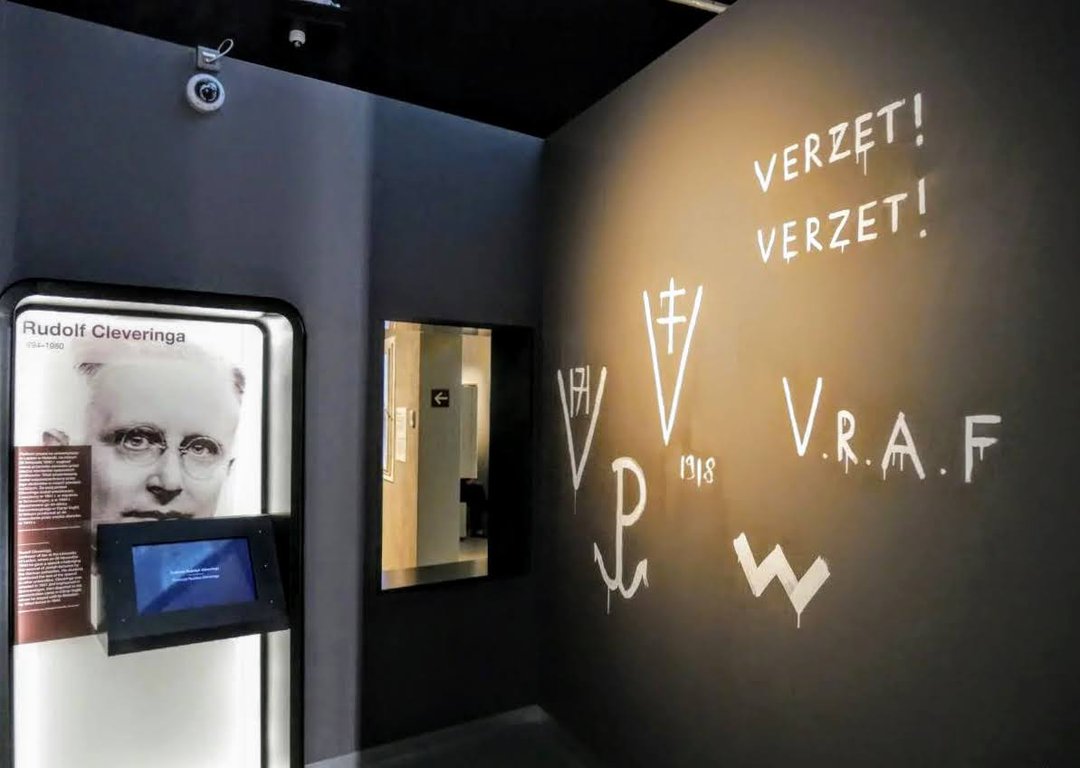
The Gdańsk WW2 museum "brings history to life." You can listen to many interviews with witnesses to history who turn dry statistics, dates, and historical facts into emotional stories of flesh and blood people - just like us or our loved ones. This really makes an impression and stays in the memory - much more strongly than the shifting front lines on a map.
The story of the daughter of an officer shot in Katyń, who lived until the 1990s with the hope that maybe her father had survived, or the story of a child from the Zamość region, who after a childhood in an orphanage found a safe haven with adoptive parents in Germany and again experienced the tragedy of separation from the new family when it turned out that he was of Polish nationality.
Such recordings allow you to imagine, at least a little, what a nightmarish mark such a conflict leaves and how long the trauma of war lasts.
A big advantage of the museum is that the range of topics covered is very wide and not focused solely on the fate of Poland.
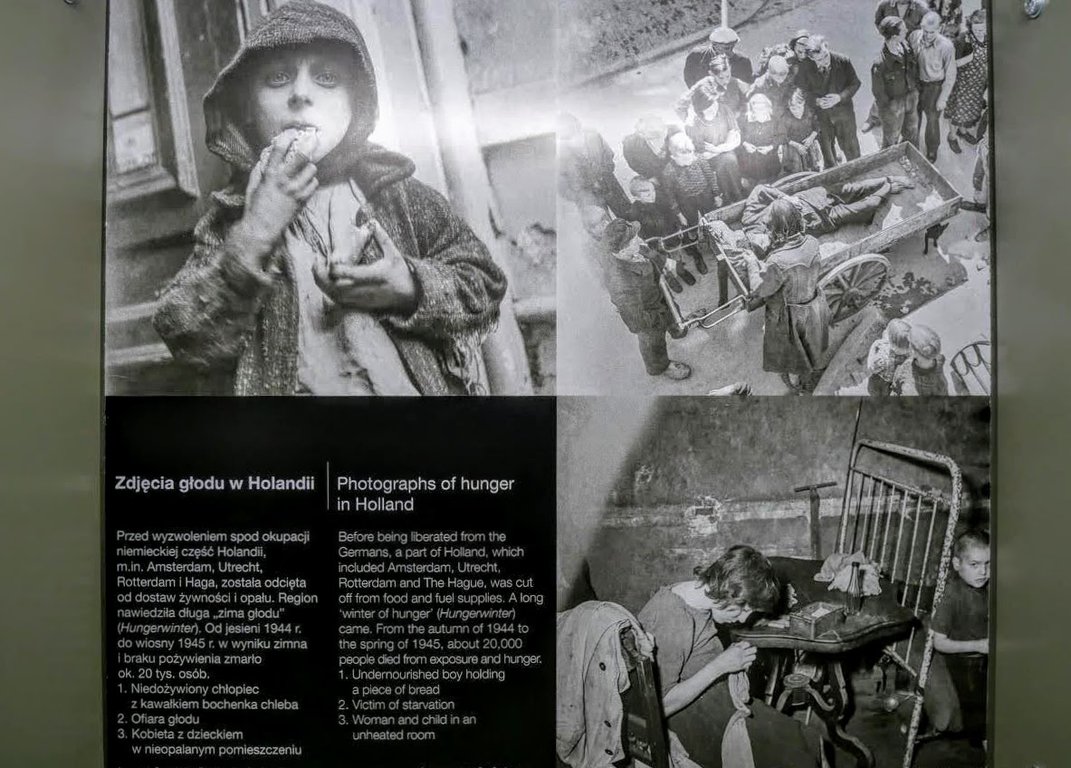
When it comes to the resistance movement, in addition to the Home Army, the partisan movement in Yugoslavia or the efforts of the Dutch resistance are described. From the stories of air raids and sieges, we learn about both the Battle of Stalingrad and the bombing of Nuremberg, Rotterdam, or Belgrade. Deportations affected Jews, Poles from the Zamość region, as well as Germans from the territories of East Prussia, and mass murders on national and religious grounds took place in Poland, Ukraine, and Croatia, for example.
This international perspective makes the exhibition interesting for both Poles and foreign guests.
In addition, it's a modern and balanced exhibition in terms of the stimuli. You can go through the museum by catching only the most important messages or, as you are interested, delve into the details and listen to recordings. Thanks to this, everyone will catch the most important thoughts and observations, and those more interested will calmly "open the drawers" and other nooks and crannies where additional information is available.
It's worth looking at your watch, because a history nerd can easily get lost in time.
The objects on display have also been very carefully selected, so that they are consistent with the entire narrative and don't overwhelm.
Guided tours

The Second World War and its impact are complex. If you want to understand well all the events, context, and significance of the exhibits, a guided tour is a great option.
We've had good experiences with Get Your Guide tours. They've always been punctual, and the guides have been both friendly and knowledgeable.
You may be interested in the below options:
📌 Private WWII Tour with Museum of the Second World War. Includes skip-the-line ticket. Check the details.
📌 Private Communism Tour in Gdańsk. Includes hotel pickup and drop-off and a skip-the-line ticket to the European Solidarity Centre. Check the details.
How much time should you plan for a visit?
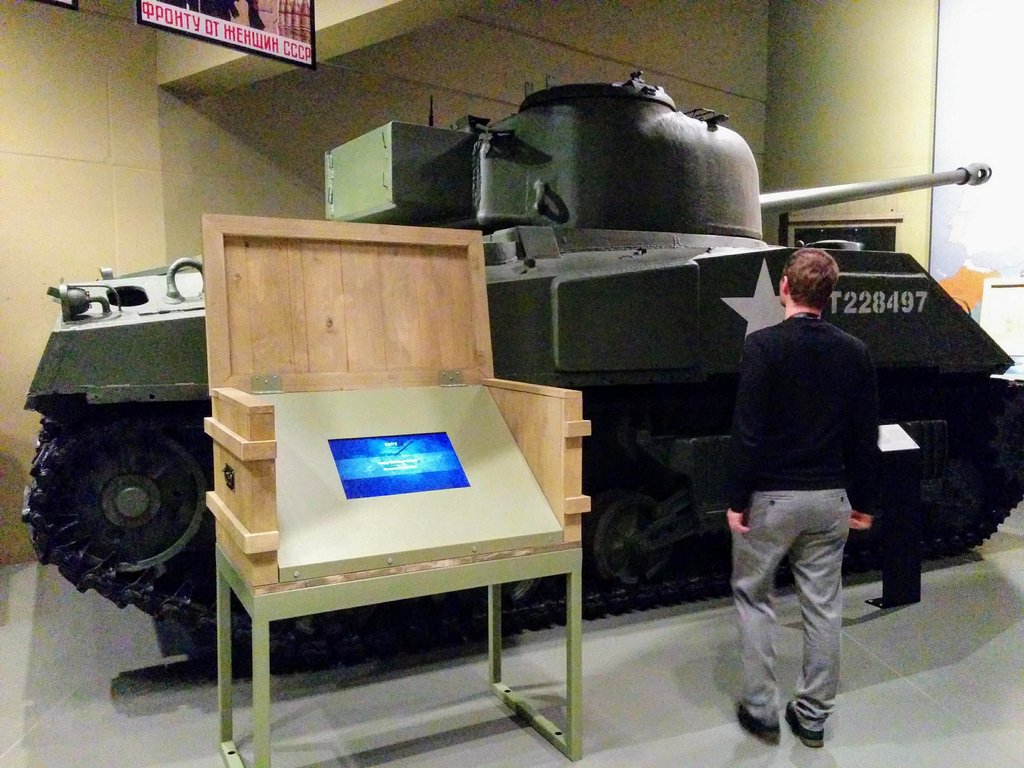
We spent there about 3 hours and I think it's not enough to get to know the exhibitions and grasp the complicated history of the Second World War. But I felt overwhelmed by all the weighty information.
If you're interested in WW2 reserve at least 4 hours for a visit.
If you're sensitive you'll probably want to leave after 2 hours.
Gdańsk war museum with kids

Exhibition for kids. Photo source: Muzeum1939
That's a tough one.
We visited the museum without our kids (our older daughter is 5 years old now). I saw there families with kids about 10 years old but I think it may be a bit too early.
Visit to Gdańsk war museum isn't as tough as visiting Auschwitz concentration camp, but, still, it requires some maturity and a grasp of history. In my opinion, for preschool children there are better things to see in Gdańsk.
Journey Through Time
The Museum of the Second World War in Gdańsk has prepared a special space for children under 12 years old called "Journey Through Time".
It consists of 2 elements: a reconstruction of a Warsaw family's apartment and a classroom. They show the realities of life and education during the difficult time of World War II. The children space is part of the main exhibition.
Practical information
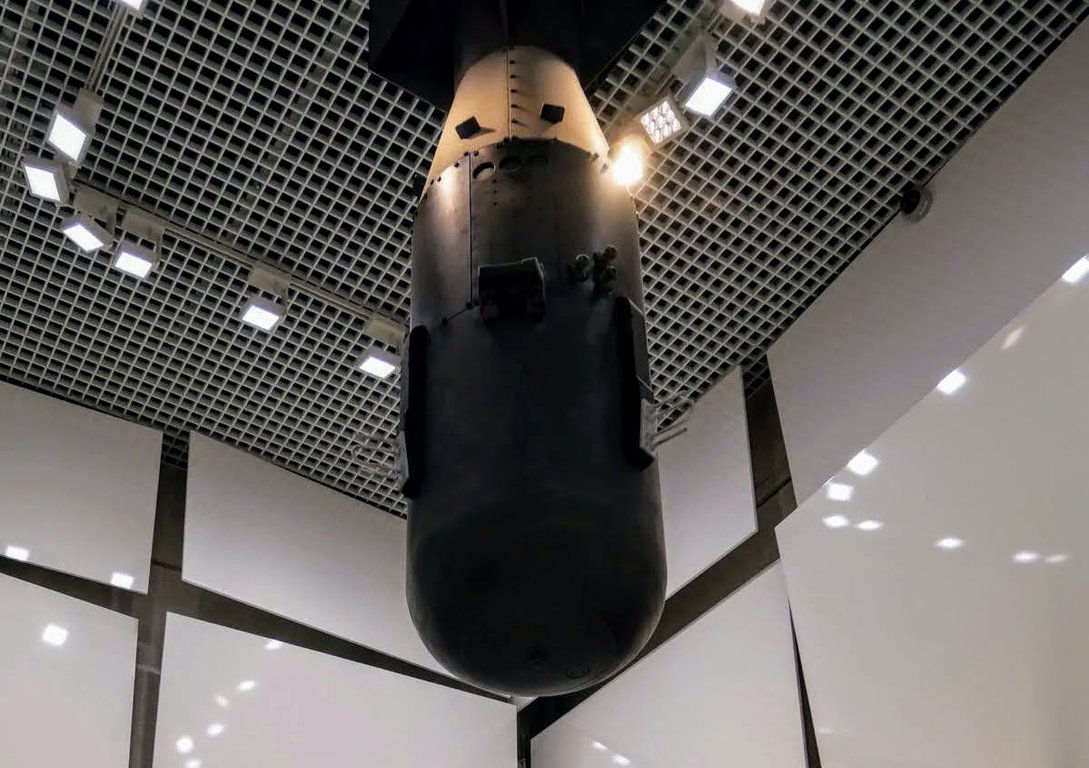
Address: Władysława Bartoszewskiego 1.
Gdańsk World War 2 Museum is located close to the city center, and only 1.7 km from the main railway station, about a 17-minute walk.
The city's clean air make for pleasant walks. We explored all Gdańsk tourist attractions on foot and were happy there was no smog.
The Museum of the Second World War has its own two-level underground car park with 132 spaces. The entrance to the car park is from Wałowa Street. After collecting the ticket from the car park, go to the information desk, where you will receive 3 hours of free parking.
The audio guide is available in 5 language versions: Polish, English, French, German, and Russian. It covers only the main exhibition.
Every Tuesday, admission to the museum is free. You can get free tickets for the exhibitions at the Museum's ticket offices on the day of the visit.
The museum's very popular and tickets sell fast. I recommend either buying the tickets online or go on a guided tour with a skip-the-line ticket included.
You may check the opening hours and ticket prices on the museum website here.
Best places to stay in Gdańsk

Though hotels in the Old Town might be expensive, I found them to be a good investment. You stay close to all Gdańsk tourist attractions and save time and money on transportation.
We stayed at the IBB Hotel Gdańsk, a 4-star hotel in the heart of the Old Town, just steps from the Museum of the Second World War. Its central location was a huge advantage, allowing us to explore the main attractions on foot.
We were also happy with the delicious breakfasts, our spacious and comfortable room, and the friendly staff. We'd definitely choose to stay there again during our next Gdańsk visit.
If you're looking for a budget-friendly accommodation, the Olympic Old Town hostel will be a good choice. Located in the heart of the Old Town, it boasts high ratings on Booking.com for its convenient location, tasty breakfast, and comfortable beds.
For a cozy and home-like stay in Gdańsk, consider Kamienica nad Motławą apartments. These well-reviewed apartments are conveniently situated on the Motława River and praised by guests for their cleanliness, spaciousness, and excellent amenities.
Other places to visit in Poland
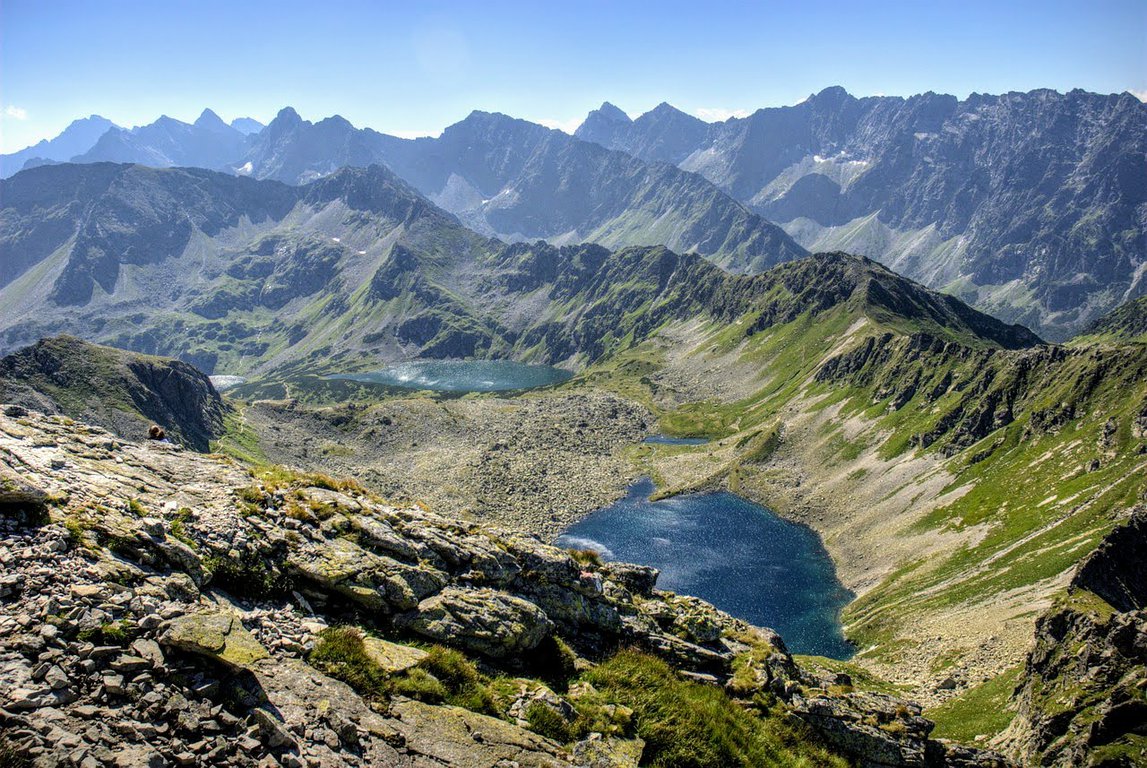
Poland is more than just historical monuments and museums; it also offers stunning landscapes and distinct regional cultures.
Here are some beautiful places in Poland you might want to explore:
🌇 Wrocław - a charming city located on the Oder River. Famous for hundreds of dwarves figurines and impressive bridges.
🌇 Warsaw - the capital of Poland, must-see for all international visitors.
🌇 Poznań - a bit underrated among international travellers. It hides a lot of national gems.
🌇 Kraków - complete travel guide with insider tips.
⛰️ Babia Góra National Park - great option for hiking near Kraków.
⛰️ Silesian Beskidy Mountains - discover hidden gems in Poland.
⛰️ Easy hikes in High Tatras - a list of hiking trails suitable for everyone in the highest mountains in Poland.
⛰️ The most famous hiking trails in Tatra Mountains, Poland.
🌿 Nature places in Poland - 12 wonders worth a visit.
✅ Day trips from Kraków - the amazing south of Poland.
✅ 12 attractions of Poland you need to see - absolute must-see places in the country.

